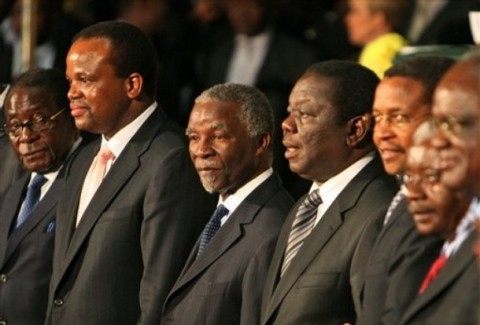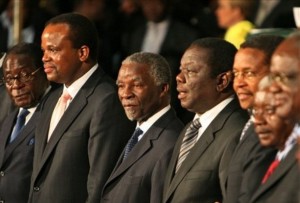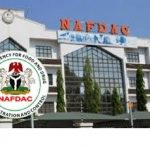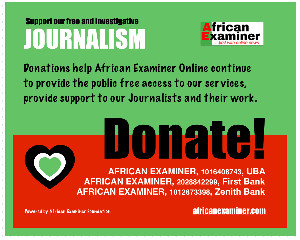Africa Continues to Grow Strongly but Poverty and Inequality Remain Persistently High
African News Tuesday, October 8th, 2013
The African Examiner,
Economic growth in Sub-Saharan Africa (SSA) remains strong with growth forecasted to be 4.9% in 2013. Almost a third of countries in the region are growing at 6% and more, and African countries are now routinely among the fastest-growing countries in the world, according to the World Bank’s new Africa’s Pulse, a twice-yearly analysis of the issues shaping Africa’s economic prospects.
Buoyed by rising private investment in the region and remittances now worth US$33 billion a year supporting household incomes GDP growth in Africa will continue to rise and pick up to 5.3% in 2014 and 5.5% in 2015. Strong government investments and higher production in the mineral resources, agriculture and service sectors are supporting the bulk of the economic growth.
As Africa’s growth rates continue to surge with the region increasingly a magnet for investment and tourism, Africa’s Pulse notes that poverty and inequality remain “unacceptably high and the pace of reduction unacceptably slow.” Almost one out of every two Africans lives in extreme poverty today. Optimistically, that rate will fall to between 16% and 30% by 2030. The report suggests that most of the world’s poor people by 2030 will live in Africa.
“Sustaining Africa’s strong growth over the longer term while significantly reducing poverty and strengthening people’s resilience to adversity may prove difficult because of the many internal and external uncertainties African countries face,“ says Makhtar Diop, the World Bank Group’s Vice President for Africa. “Within Africa, natural disasters such as droughts and floods are occurring more frequently while the threat of conflict continues, with recent events in the Central African Republic and Mali reinforcing the need for peace, security, and development to take place at the same time. This is why the World Bank Group pledged US$1 billion in May this year to help bring peace and development back to Africa’s Great Lakes Region through better health and education services, more jobs and cross-border trade between the countries in the area, and more electricity. We will take this same message of peace, security, and development to the countries of the Sahel over the coming weeks.”
Following the global financial crisis and recurring climatic volatility on the continent, a growing number of African countries are setting up social safety nets to protect the health and livelihoods of poor and vulnerable people during periods of adversity. Africa’s Pulse notes that safety nets can protect families from the worst effects of crises and also contribute to growth as well by allowing people to raise their incomes.
Africa’s rising growth is underpinned by strong private investment. Gross fixed capital formation in the region has steadily increased from about 16.4% of GDP in 2000 to about 20.4% in 2011. The pickup in investment has directly contributed to economic growth and has also helped boost the productive capacity of the region’s economy.
Increasingly, infrastructure projects are being financed from new funding sources, such as China, but increasingly from Brazil and India, according to the analysis.
Translating growth into much less poverty
Despite strong growth, Africa’s progress on ensuring that growth translates into considerably less poverty has been slow and hindered by high inequality.
“Africa grew faster in the last decade than most other regions, but the impact on poverty is much less than we would’ve liked. Africa’s growth has not been as powerful in reducing poverty as it could have been because of the high levels of inequality. Growth with equity is possible, but it requires a decline in inequality in both outcomes and opportunities,” says Francisco Ferreira, Acting Chief Economist, World Bank Africa Region.
Tourism destinations continue to thrive throughout Africa: tourist arrivals to the region jumped 4%compared to the same period a year ago. Among the destinations for which quarterly data are available, the strongest performers in tourism were Cape Verde (up 18%), followed by the Seychelles (up 13%), South Africa (up 4%), Swaziland (up2%), and Mauritius (up 1%).
World Bank
Related Posts
Short URL: https://www.africanexaminer.com/?p=2518





















